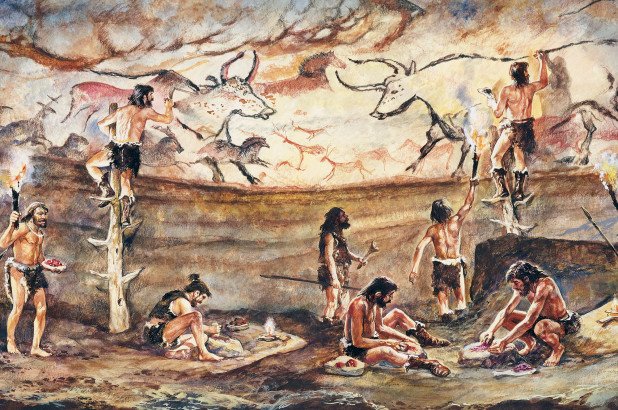December 21 – A recent human fossil study in Spain showed seasonal damage to the bones of Neanderthals and their ancestors, indicating that early humans may have hibernated to survive the cold winter.
According to a report by The Guardian on the 20th, a paper published in the journal L’Anthropologie pointed out that fossils excavated from an ancient mass grave in northern Spain showed that human bone growth had been interrupted for several months.
Scientists believe that the damage and other signs of damage in fossils of early human skeletons are the same as those in other hibernating animals. This shows that human ancestors “come to cold environments and food shortages” by slowing down their metabolism and sleeping for months.
Scientists say that these human bones can be traced back to 400,000 years ago and are likely to come from early Neanderthals. The area around the site could not provide enough “fat-rich” food for human ancestors to winter. “Because of the cold weather, hibernation strategy is the only way for them to survive, so they have to spend months in the cave.”
Scientists also believe that ancient humans are likely to find that “low metabolic states can help them survive in cold environments with limited food for a long time”.
Patrick Randolph-Quinney, a forensic anthropologist at Northumbria University in Newcastle, called this view “very interesting, but sure to spark controversy.” There are other explanations for the changes in human bones.
These must be fully justified before we can draw any realistic conclusions. I don’t think it’s done yet.” The expert said so.
It is reported that these human bones were excavated from the Sima de los Huesos cave, also known as the “bone pit” and one of the most important fossil sites in the world. In addition, the remains of the hibernating bear have been found in the cave.



